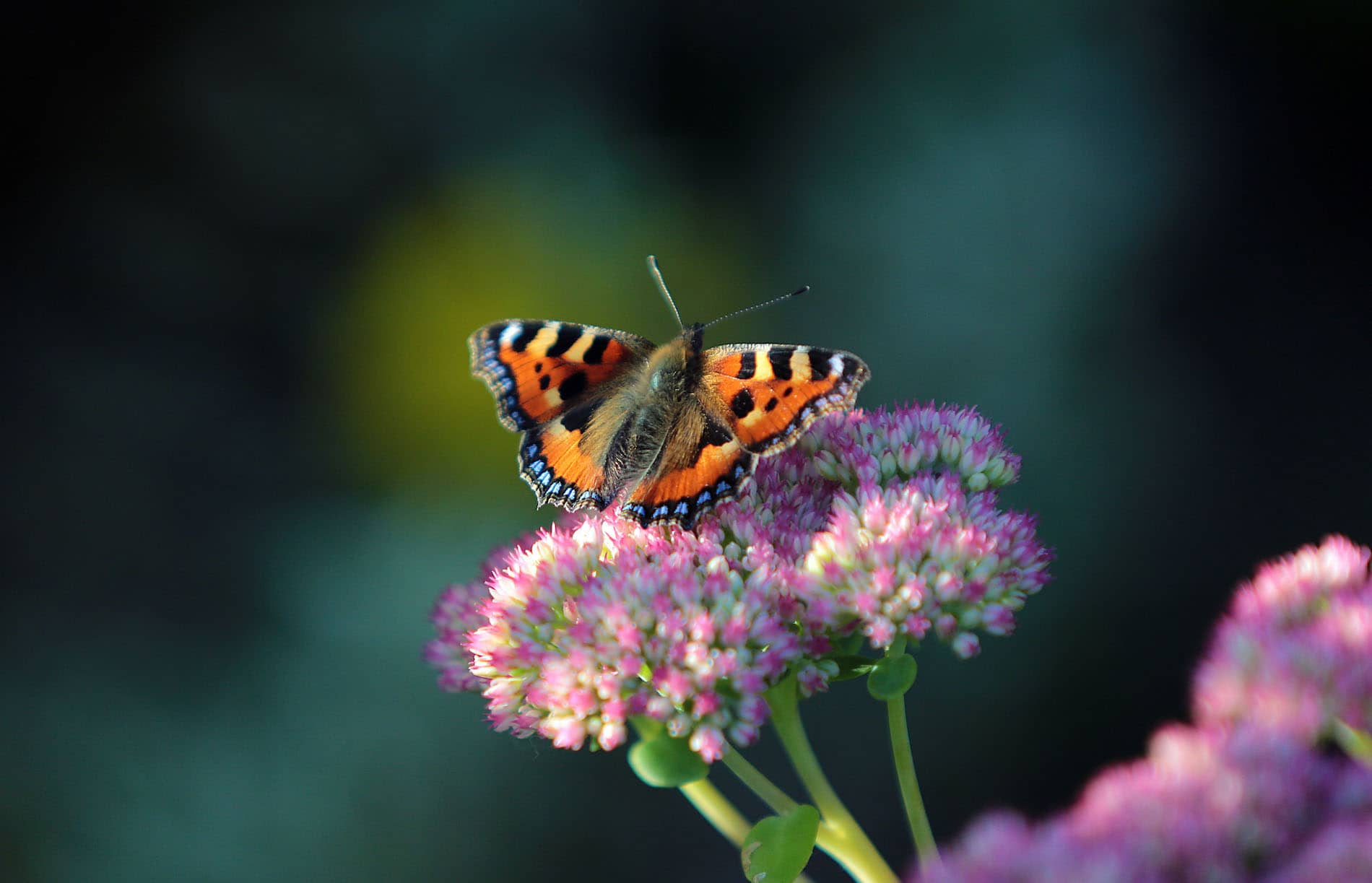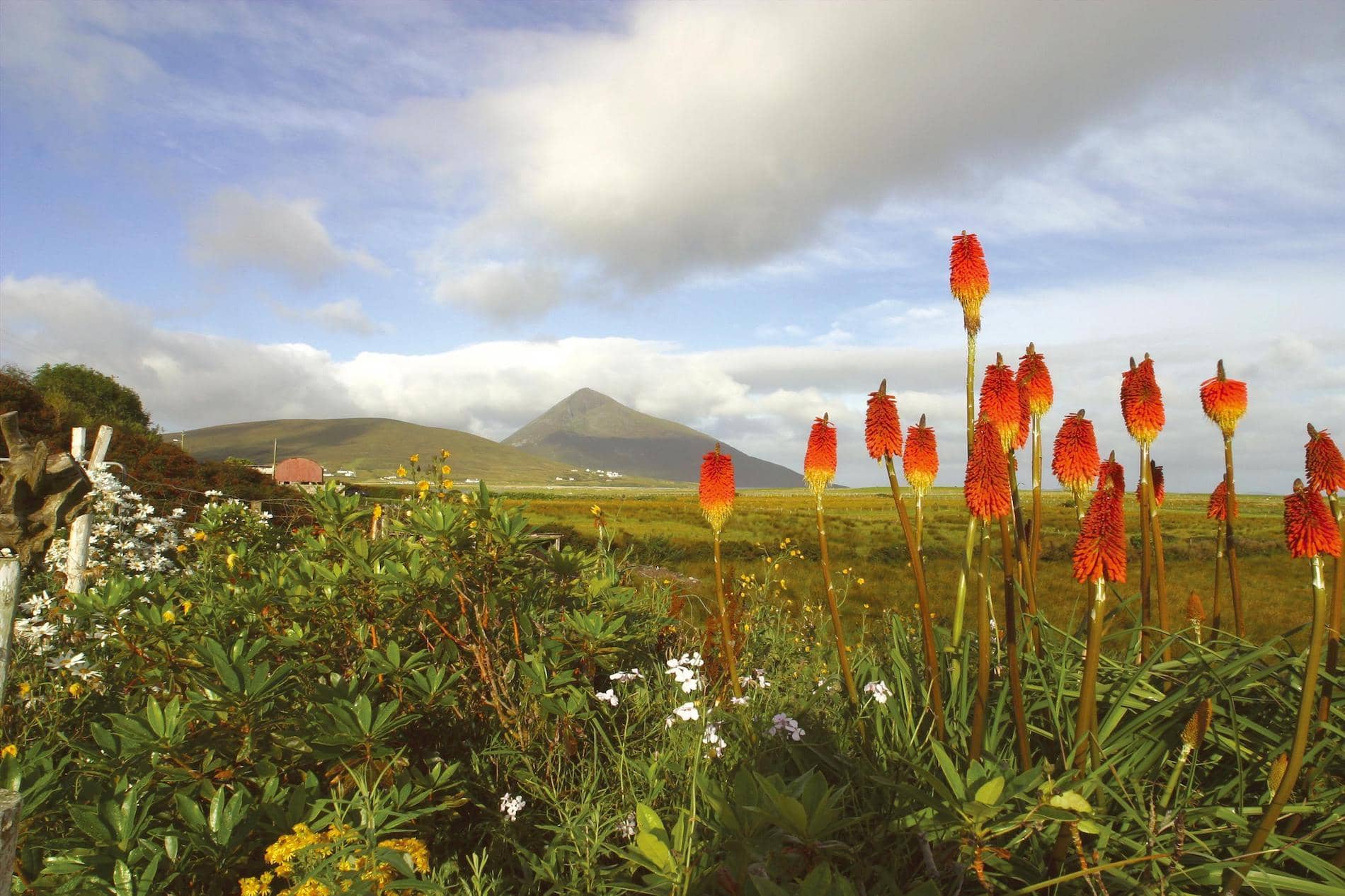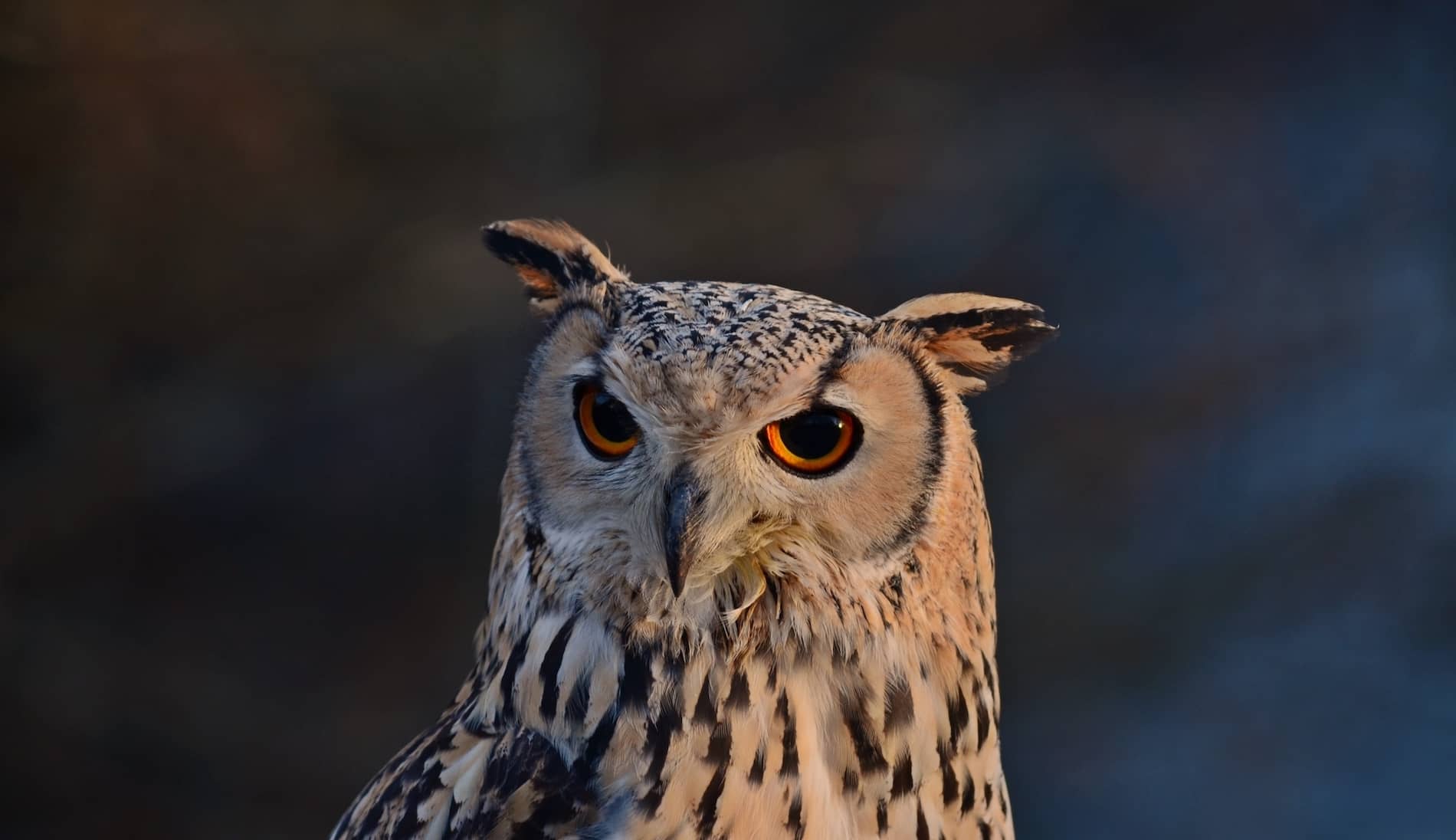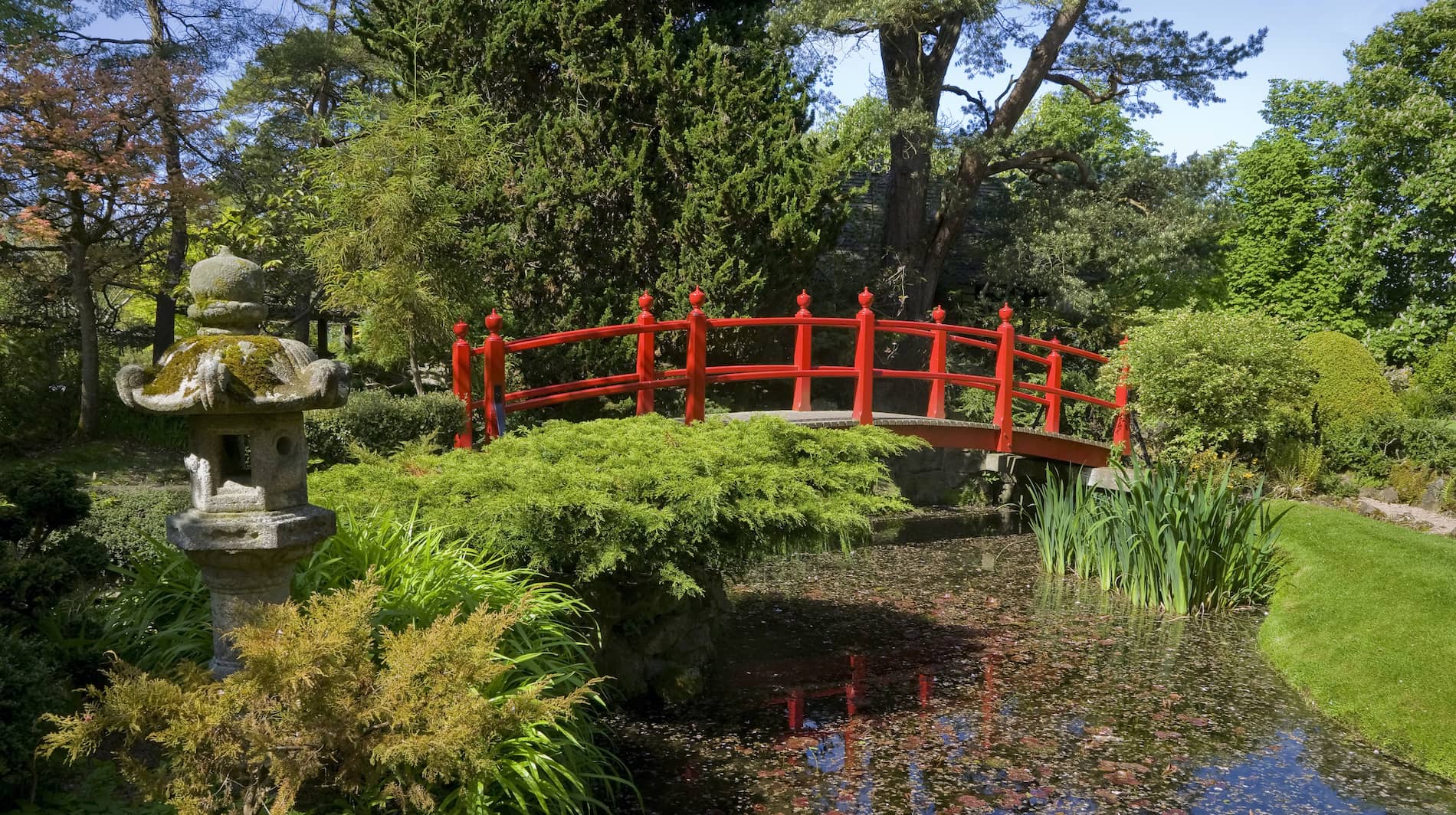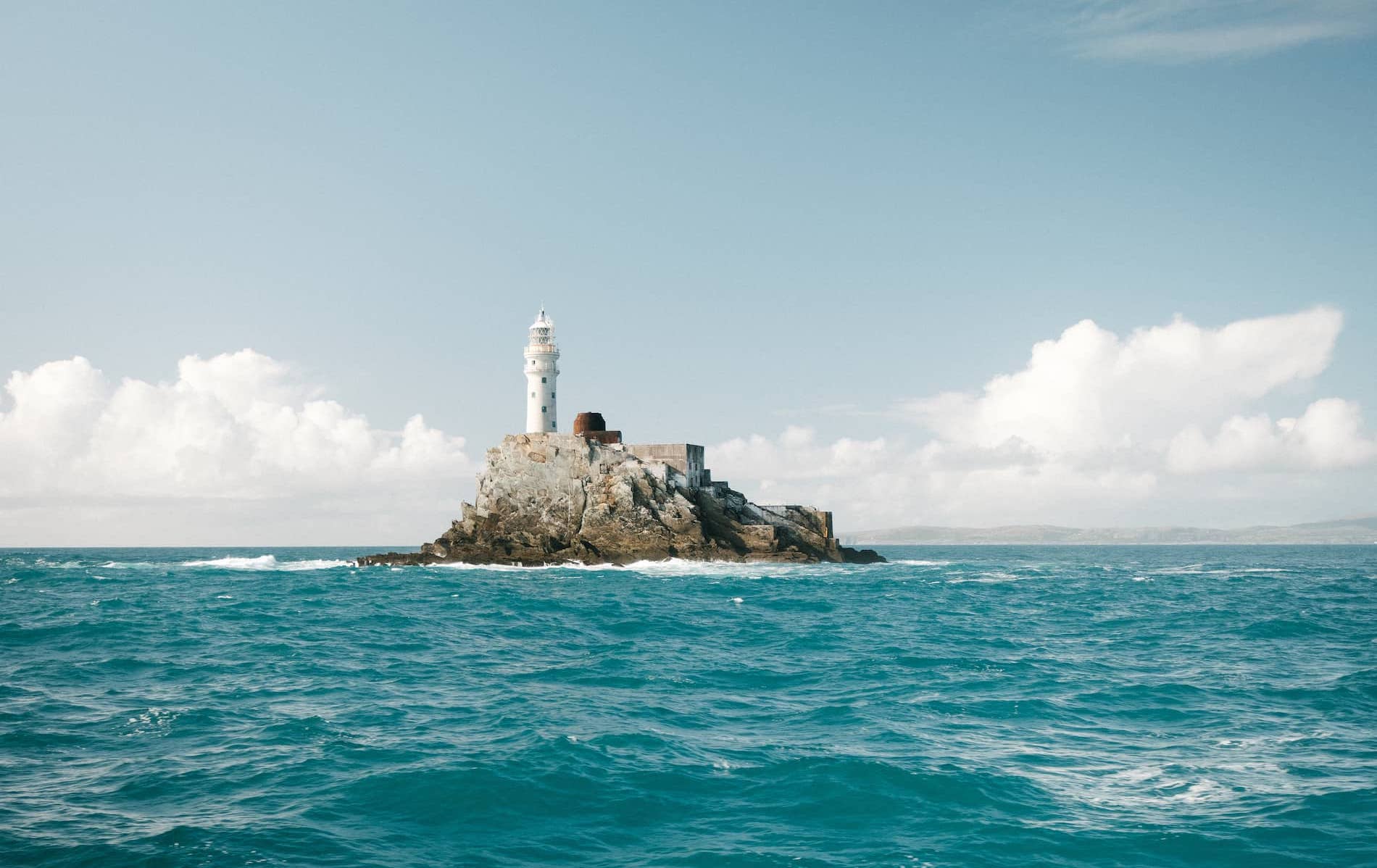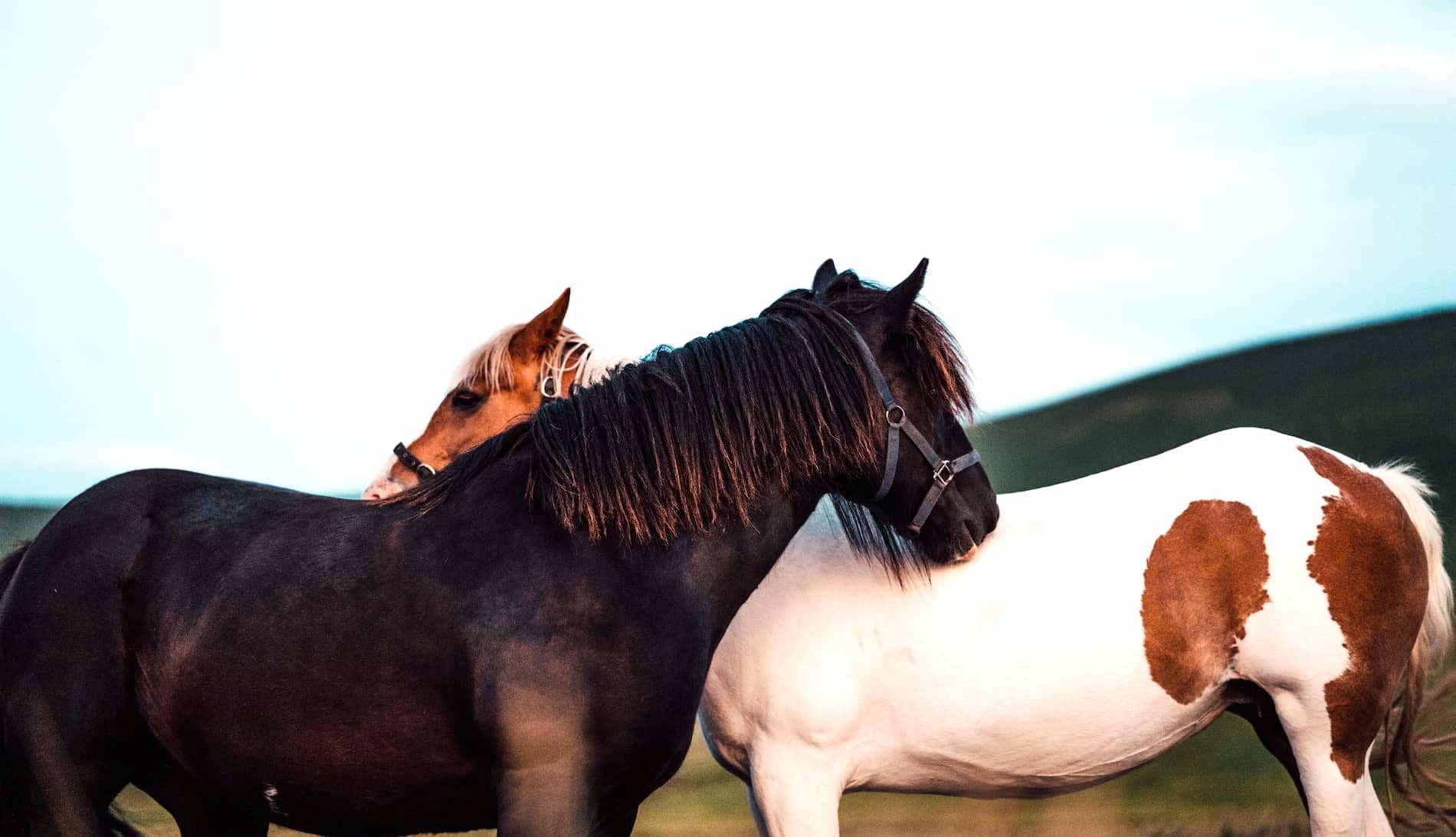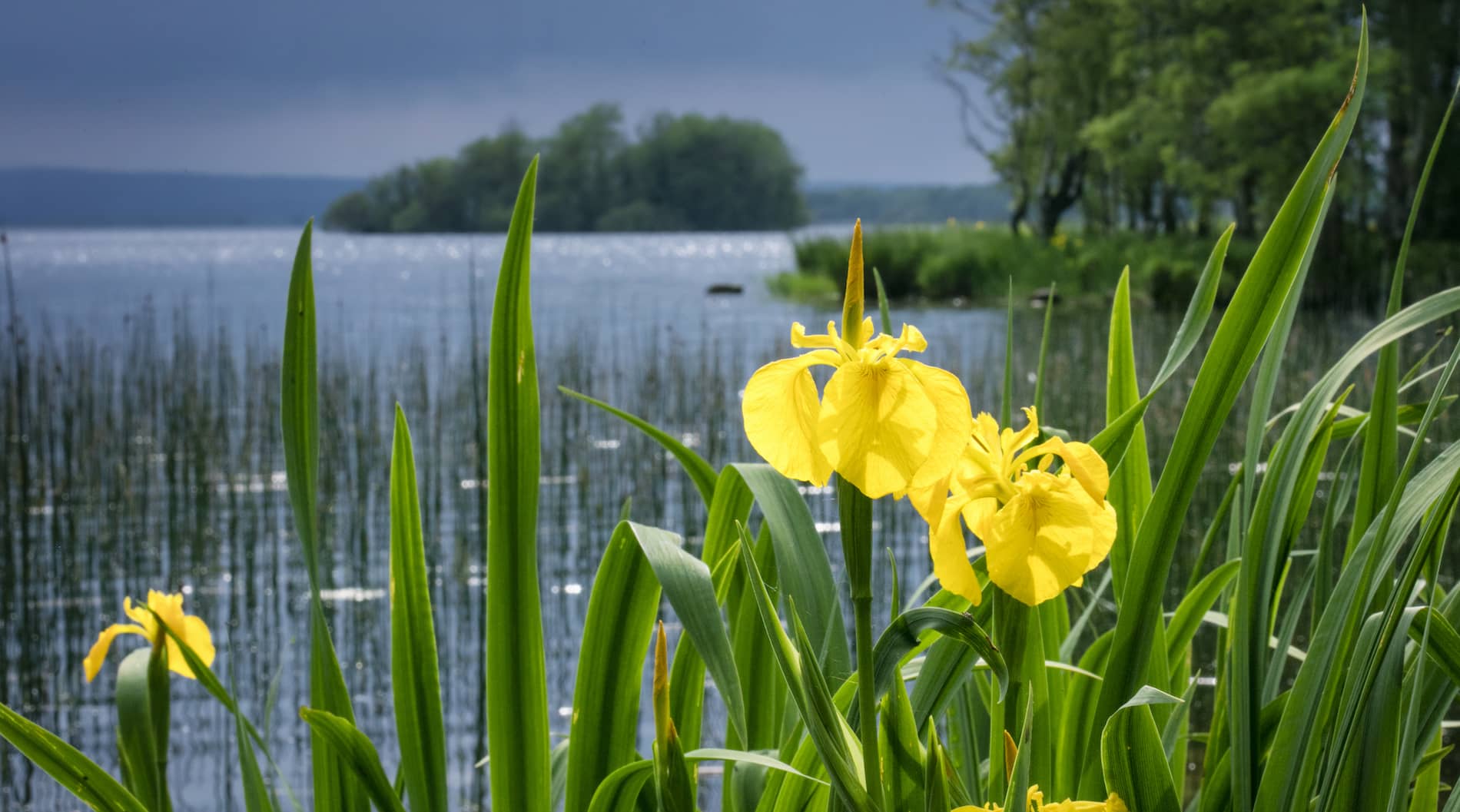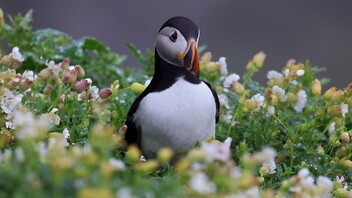
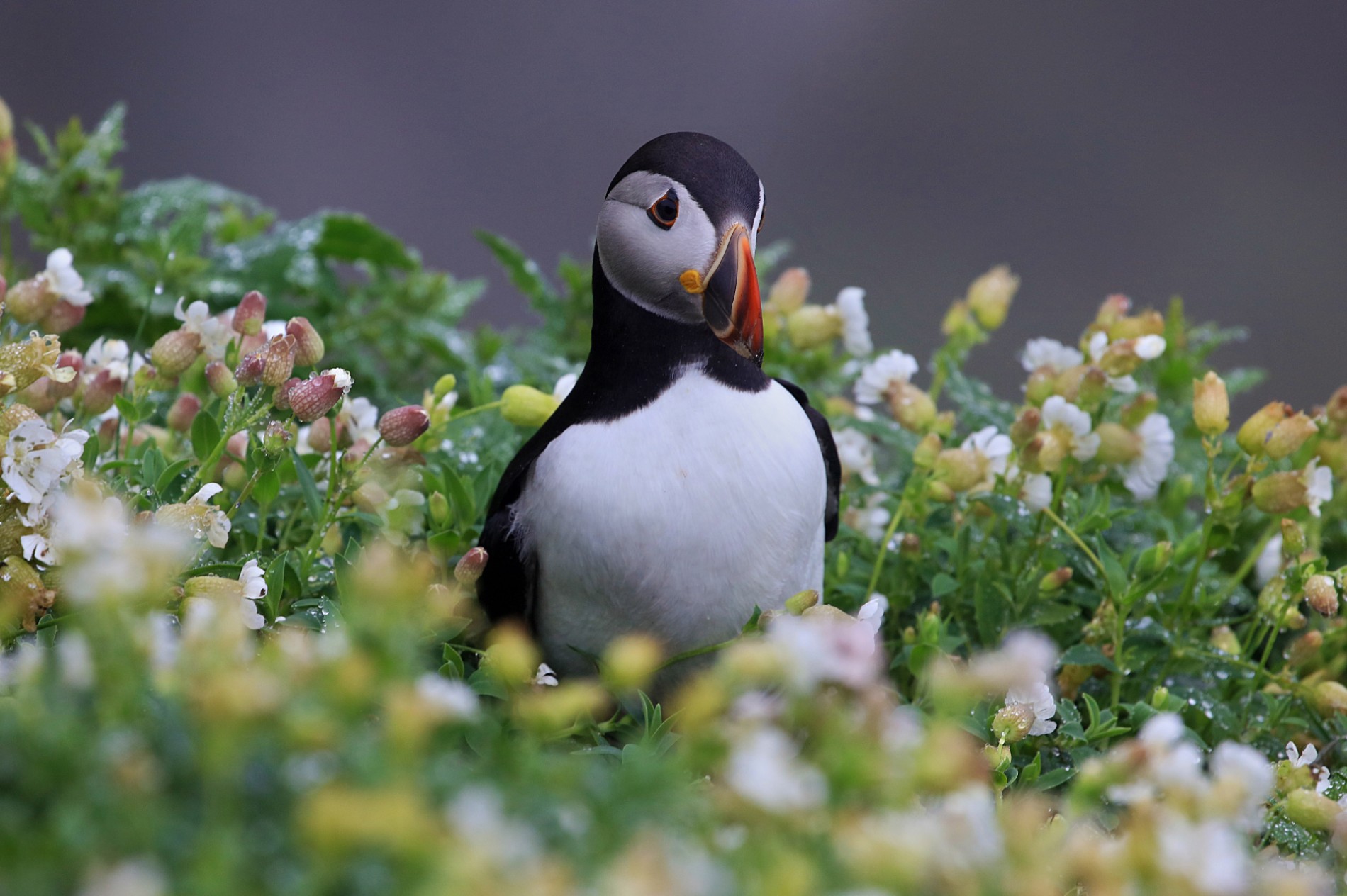
Ireland’s bird-watching hotspots
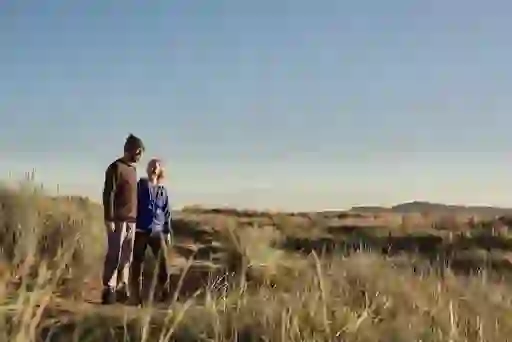
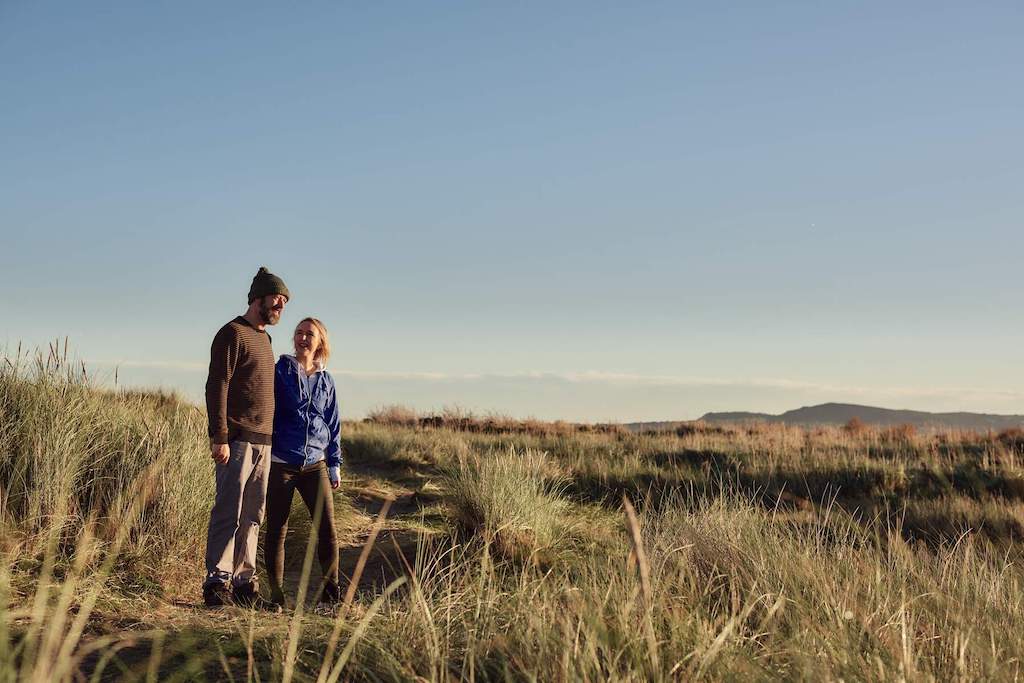
Bull Island, Dublin
Sitting in the broad expanse of Dublin Bay, Bull Island (also known as North Bull Island) has a lot going for it. For starters, it’s a biosphere reserve and a Special Area of Conservation. But the titles don’t stop there. This sandy island, which is connected to the mainland by a wooden road bridge, is also a National Nature Reserve and a National Bird Sanctuary, so, needless to say, it’s a pretty good spot to go birdwatching.
Go exploring around the mudflats and dunes here and you’ll feel like you’re a million miles away from city life, as you spot species such as the Brent goose, northern pintail, the European golden plover, short-eared owl and the magnificent peregrine falcon. The island is car-free so the best way to enjoy it is by bike from Dublin city centre – a journey of about 10km.

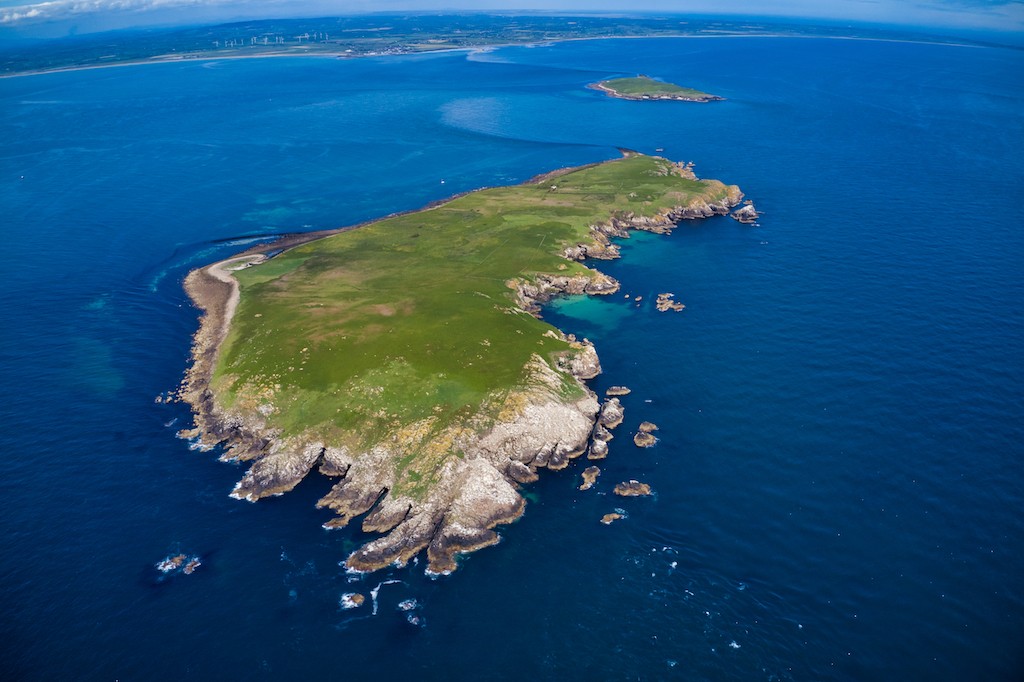
Saltee Islands, County Wexford ©shutterstock
Lying just 5km off the coast of County Wexford and surrounded by crystal clear waters, the Saltees are two unoccupied islands that have become a haven for an impressive array of birds including gannets, puffins and Manx shearwaters. The islands are a popular stopping off point for birds migrating in autumn and spring, and the Great Saltee (the larger island) can be visited as part of a day trip from the fishing village of Kilmore Quay.
As well as being a magnificent bird sanctuary, Great Saltee boasts a fascinating history. Neolithic farmers, Early Christian hermits, Vikings, Normans and medieval monks all called the islands home at one point. In the period from 1500 to 1800, the Saltees were used as a base for pirates and smugglers.

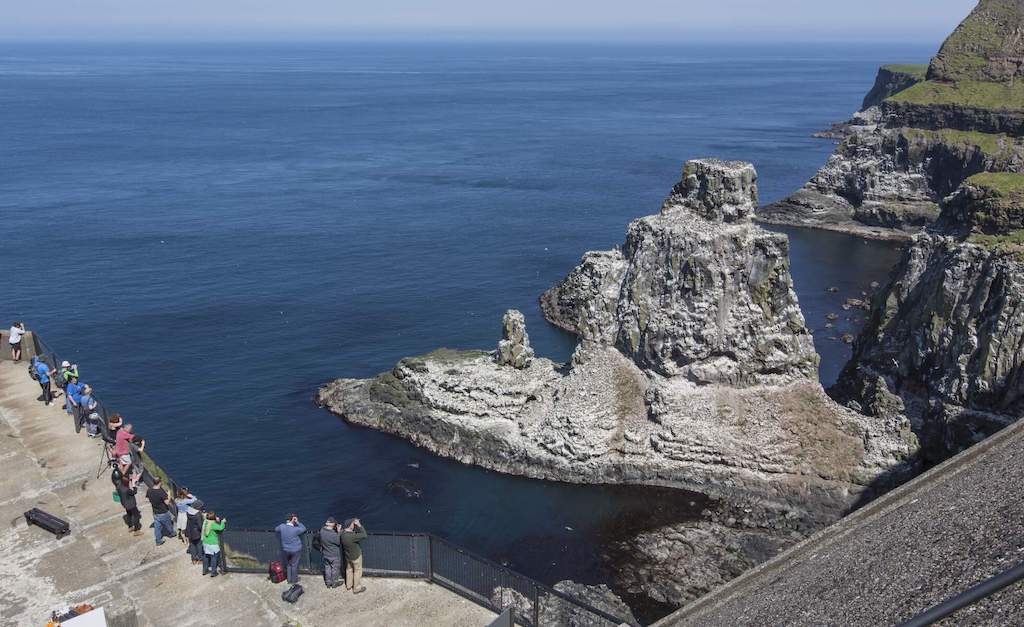
Rathlin Island, County Antrim
Take the ferry across the Sea of Moyle off the coast of County Antrim and you might just spot a dolphin on your way to Rathlin Island. If you don’t get lucky, don’t worry – as you’ll encounter an abundance of nature when you get here including one of the most flourishing seabird populations on the island of Ireland. In fact, Rathlin is such an integral part of bird conservation that the Royal Society for the Protection of Birds has its own seabird centre on the cliffs.
From this stunning vantage point, you’ll glimpse rare and beautiful birds swooping and squawking around the rugged coastline, including guillemots, razorbills and even puffins. And once you’ve enjoyed the birdlife… stick around… Rathlin is the perfect escape from it all, with wonderful walking trails, fascinating history and compelling tales of shipwrecks.

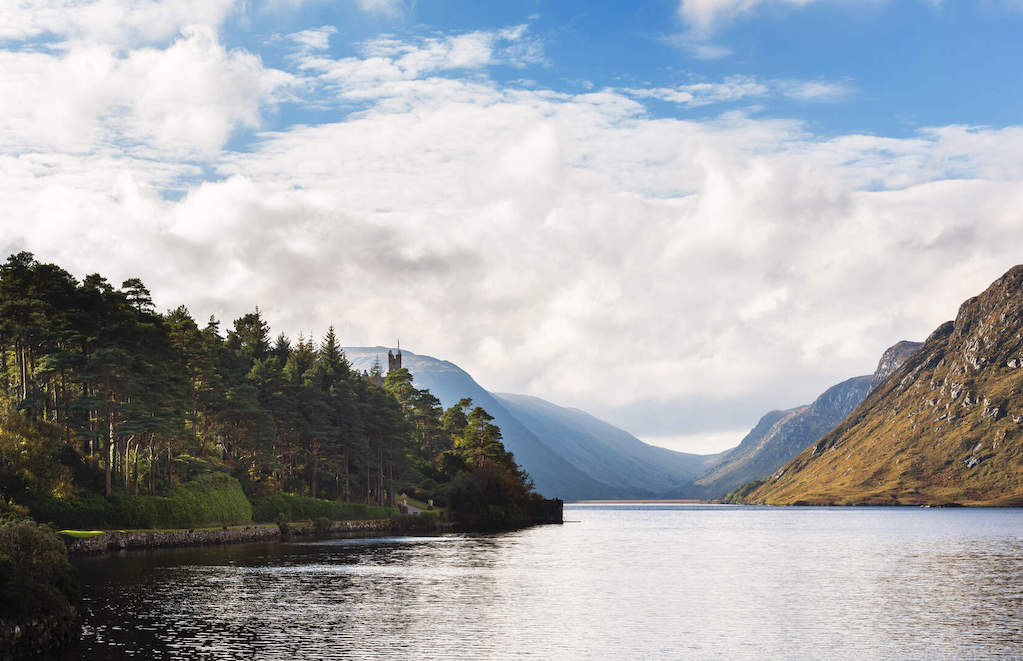
Glenveagh National Park, County Donegal
With its wilderness of hauntingly beautiful mountains, shimmering lakes and Baronial-style castle, Glenveagh is effortlessly romantic and endlessly mesmerising. Remote, rugged and boasting a variety of habitats from woodland to peatland, the park attracts a wide range of bird species from migrants to residents.
The golden eagle was reintroduced to Ireland in 2001 and the first birds were released right here in Glenveagh. While the park cannot claim any eagles to be resident at present, they frequently forage in the valley here.
Keep your eye out, too for the peregrine falcon, merlin, sparrowhawk and kestrel, and, if you’re visiting in May, you might be lucky enough to hear the distinctive singing of the male wood warbler – a sound that’s been likened to the spinning of a coin. There are lots of walking trails available, from the 3.5km lakeside walk to the 7km Lough Insagh Walk, making it a great place to relax, restore and enjoy the flora and fauna of this magnificent place.


Strangford Lough, County Down
The largest lough in the UK and Ireland, Strangford has beauty in abundance. Connected by a narrow channel to the Irish Sea, the lough is almost fully enclosed by the Ards Peninsula and is a wonderful mix of unique towns, ancient history and wonderful wildlife.
The mild conditions in winter make it the preferred destination for more than 70,000 seabirds who migrate here from northerly latitudes, including a high proportion of Brent geese from Arctic Canada. Spring is another great time to spot breeding birds, including nesting herons, tree sparrows and yellowhammers. And if you like your marine life as much as your bird life, you’re in luck – both common and grey seals can be spotted in the lough all year round.





